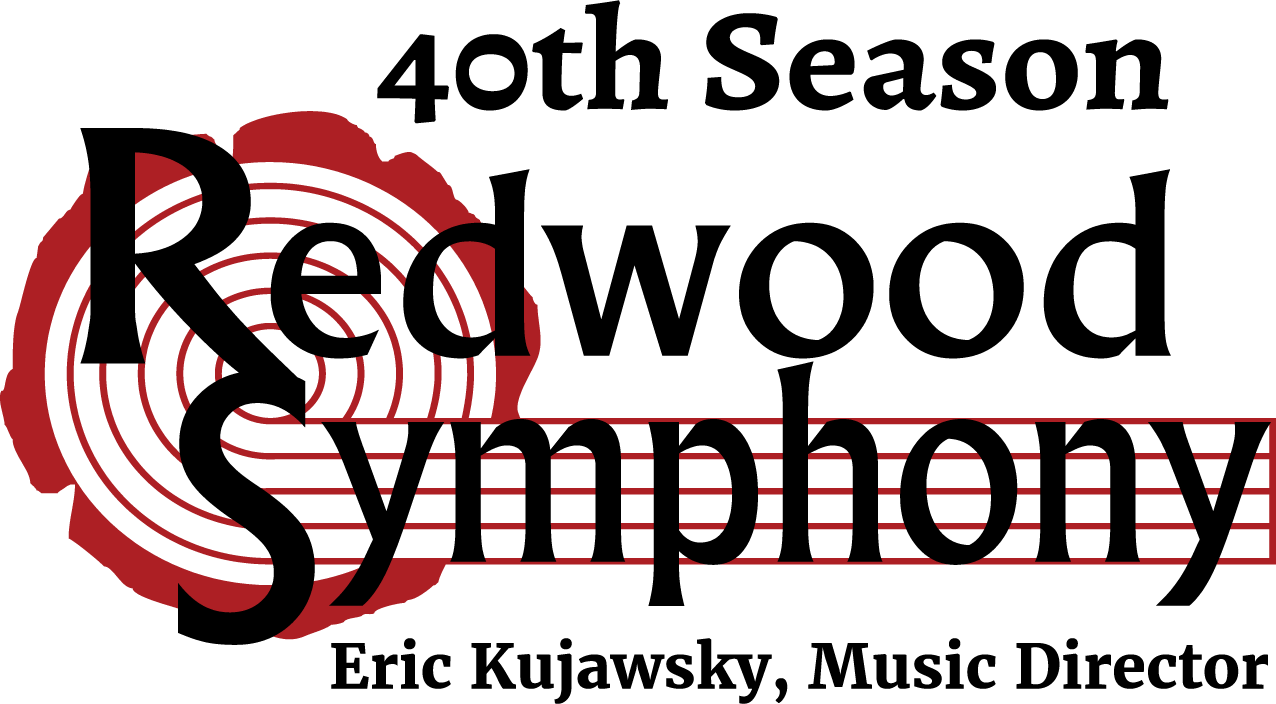Béla Bartók
Rhapsody No. 2 for Violin and Orchestra
Like Dvořák, Hungarian composer Béla Bartók was known for championing folk music. Soon after graduating from the Royal Academy of Music in Budapest in 1903, he and composer Zoltán Kodály traveled through Hungary and neighboring countries collecting and recording folk songs. These themes found their way into his compositions, especially in his works’ surprising modalities and intricate, sometimes fierce rhythms.
Bartók’s first musical training, at age five, was on the piano, and he kept a lifelong love for this instrument. His best-known works for piano are probably the 153 pieces of the Mikrokosmos (1926-1939), originally intended as progressive keyboard exercises for his son. He wrote the Rhapsodies 1 and 2 for violin and piano in 1928. However, he soon wrote orchestral versions of both, as well as versions for cello and piano. He dedicated the Rhapsody for Violin No. 2 to violinist Zoltán Székely, a student of Kodály who often performed with Bartók in concert, and the two of them premiered the chamber version in Amsterdam in November, 1928. Pierre Monteaux led the Amsterdam Concertgebouw Orchestra in the premiere of the orchestral version in January, 1932.
The scoring of the orchestral version softens some of the “spikier” moments in the original piano, and adds more color to the accompaniment underneath the solo. Nine distinct folk melodies from Rumania, Hungary, and Ruthenia are featured in the two movements. These movements are based on the form of the Hungarian national dance, the czardas, which alternates at a signal from the soloist from a slow section, Lassú, to a fast section, the Friss. The slower first movement features an exotic theme in the solo violin over serpentine patterns in the woodwinds. The vigorous second movement is a virtual showcase of ethnic dances, each one seeming more lively or intricate than the previous, and ends with a grand flourish.
